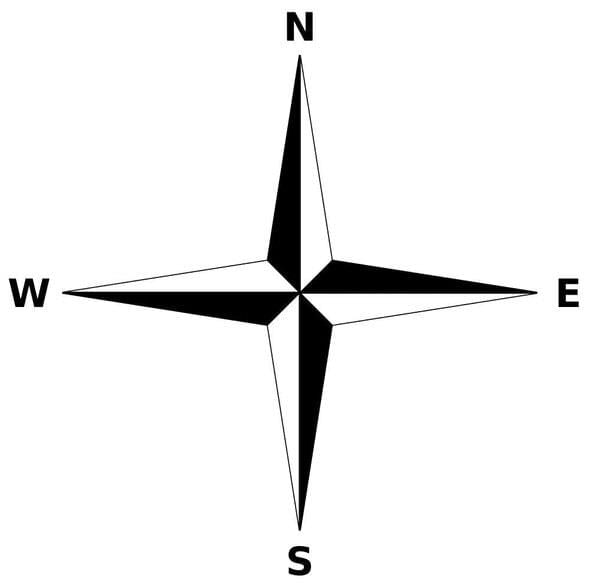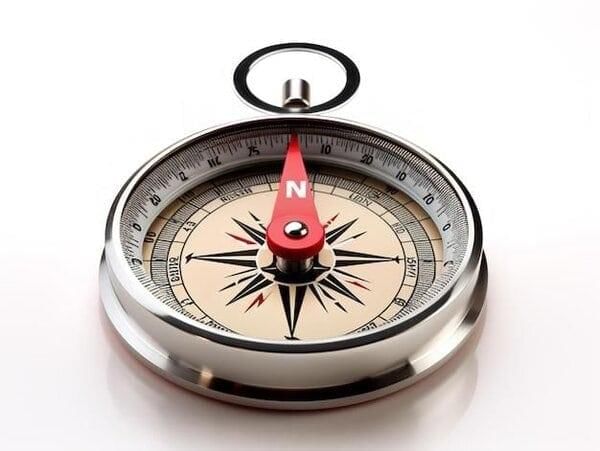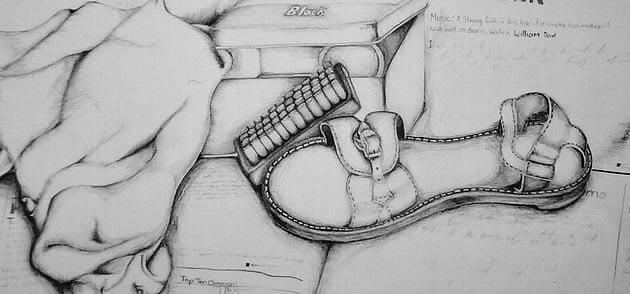|
A map is a representation or drawing of the earth’s surface or part of it, drawn on a flat surface according to a scale. |
Card: 2 / 40 |
|
Fill in the blank: The three different types of maps are ___, ___, and ___ maps. |
Card: 5 / 40 |
|
Physical maps show natural features of the earth, such as mountains, plateaus, plains, rivers, and oceans. |
Card: 8 / 40 |
|
Thematic maps are designed to show specific themes or data related to a particular area, such as population density or climate. |
Card: 14 / 40 |
|
Fill in the blank: A map that shows both natural features and political boundaries is called a ___ map. |
Card: 15 / 40 |
|
Fill in the blank: The three components of maps are distance, direction, and ___. |
Card: 17 / 40 |
|
True or False: A small-scale map provides detailed information about small areas such as villages. |
Card: 19 / 40 |
|
False. A small-scale map shows larger areas like continents and provides less detailed information. |
Card: 20 / 40 |
 Unlock all Flashcards with EduRev Infinity Plan Starting from @ ₹99 only
|
|
The scale represents the ratio between the actual distance on the ground and the distance shown on the map. |
Card: 22 / 40 |
|
Fill in the blank: On a map, if 1 cm represents 5 km in reality, the scale is ___ cm = 5 km. |
Card: 23 / 40 |
|
Short Answer: Why are thematic maps important for understanding geographical information? |
Card: 25 / 40 |
|
Thematic maps are important because they provide specific information about particular topics, such as climate or transportation, which helps in understanding spatial relationships and patterns. |
Card: 26 / 40 |
|
Symbols are used to represent various features like buildings and roads without depicting their actual shapes and sizes. |
Card: 32 / 40 |
|
Fill in the blank: Conventional symbols on maps provide a universal language that can be understood by ___. |
Card: 35 / 40 |
























